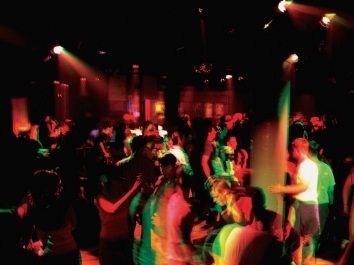Article
Prior Drug Consumption Helps Predict Future Ecstasy Use
Author(s):
After looking at a national sampling of high school seniors, researchers at New York University determined the strongest predictor of ecstasy use was prior drug consumption.

After looking at a national sampling of high school seniors, researchers at New York University (NYU) determined the strongest predictor of ecstasy use was prior drug consumption.
Results of the study, written by Joseph J. Palamar and Dimitra Kamboukos of NYU’s Center for Drug Use and HIV Research (CDUHR), were published in the June 23 issue of Substance Abuse & Misuse. As part of the study, the team analyzed responses from a Monitoring the Future (MTF) study of 26,504 high school seniors. In the survey, students were asked to discuss their attitudes and behaviors on a number of topics.
Based on their analysis, the researchers reported 4.4% of high school seniors, the majority being male, had tried ecstasy within the last year.
Even after looking at many other factors, that the investigators said prior drug use was the strongest indicator of later ecstasy use. Along with this discovery, the study also showed that socioeconomic factors contributed to the use of the illegal drug.
“Odds of use were consistently increased for students with weekly income of >$50 from a job or >$10 weekly from other sources,” Palamar said in a statement. “Students residing in a city were also at increased risk, as were those who reported lifetime use of alcohol, cigarettes, marijuana, or other illicit drugs.”
The study authors claimed to be the first to find an association between students’ individual income and ecstasy use.
A review of the study data also showed that females and religious individuals were less likely to take ecstasy. While Black and Hispanic students from 2-parent households were not likely to try ecstasy, previous use of drugs increased the likelihood of them trying it.
“Ecstasy use also tends to precede use of other club drugs, so preventing ecstasy use (e.g., among those who attend nightclubs and parties) may also prevent initiation and use of drugs such as ketamine (‘Special K’) and GHB,” Palamar said.
Based on their research, the authors cautioned “since ecstasy is regaining popularity in the US, prevention efforts should consider these factors.”


